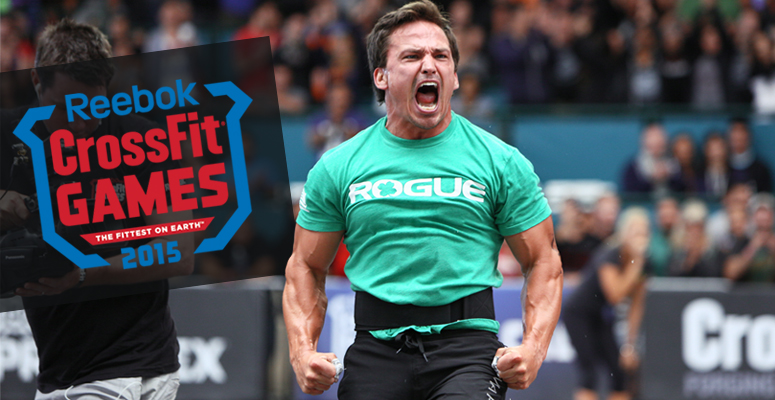My love of the sport of CrossFit and belief in its value as a general physical preparedness program has only increased with time. I believe the reason why CrossFit is so addictive is its competitiveness and the ‘whiteboard mentality’. People love to compare themselves with others and the friendly competition that exists within boxes is what keeps people pushing to their limits then coming back the next day to do it again. It is incredibly motivating to be able to track your progress over time and to know that you can lift more, faster, than you could before.
I love CrossFit and I love the fire that its competitive nature lights in my belly. However, the more time I have spent coaching and the more attention I have paid to my own training, the more I believe that this competitive spirit can also be a fundamental problem.
As the sport has evolved, coaches, programmers and athletes have gotten smarter. They have learnt that going all out, all the time, increases the risk of injuries and overtraining and can reinforce poor technique. When you are always focused on the score, you are more likely to sacrifice technique and intended training stimulus.
So how do we reconcile the thrill of competition with smart training? How do we make CrossFit better? We have to identify the difference between training and testing. CrossFit claims to be both a sport, and the training program that prepares you to compete in this sport. It cannot be both these things at once. If we want to legitimize CrossFit as a sport, it is essential that we begin differentiating between our everyday training and the testing that this training leads up to.
Training is what gets us long-term results. We minimize the risk of overtraining and injury by frequently lifting at sub-maximal loads and intensity. When we train, we are focused on quality movement, refining skills and increasing our physical capacity over a broad range of domains.
No athlete trains day-to-day with the intensity level at which they compete. This is not to say your training should be easy, it shouldn’t. But your focus should be less on your score, and more on the intended effect of the workout. Your training is your off-season. It is how you minimize your weaknesses and enhance your strengths so you are ready to dominate during the CrossFit Open and competitions over the summer.
Every so often we will test the capacity that we have been training. This might come in the form of a competition, a benchmark workout or a one-rep max. This is when you give your all out effort. It is when you go into the pain cave and see how long you can stay there. In testing, the risks associated with CrossFit are increased, just like in any other sport. It is important to acknowledge that for anyone, there will be a degree of technical breakdown when going all out. We need to minimize this risk through solid, consistent training.
It is okay to enjoy a little friendly whiteboard competition and to apply intensity with discretion. Results require you to push yourself outside of your comfort zone. However, smart training means understanding that more is not always better, and that your training should be preparing you for testing, rather than beating you down.
In CrossFit, we call each other athletes. Let’s start training like athletes too. Know when you are training for the sport, and when you are competing in it, and use this to make yourself better.
As a final note, it is important to recognize that for a lot of people, CrossFit is solely a strength and conditioning program that lets them live healthy, active lives. You do not have to participate in CrossFit as a sport to reap its benefits. Regardless, CrossFit as a training program can help us overcome a variety of ‘tests’, related to the sport or not. Emergency situations, family crises or moving your refrigerator are all tests of the physical and mental fortitude that we build in training.













































[…] be dumb and workout until you puke every day. There is a time and place to go all out (remember Training versus Testing.) That said, knowing where your limits lie will help you apply intensity appropriately when it […]